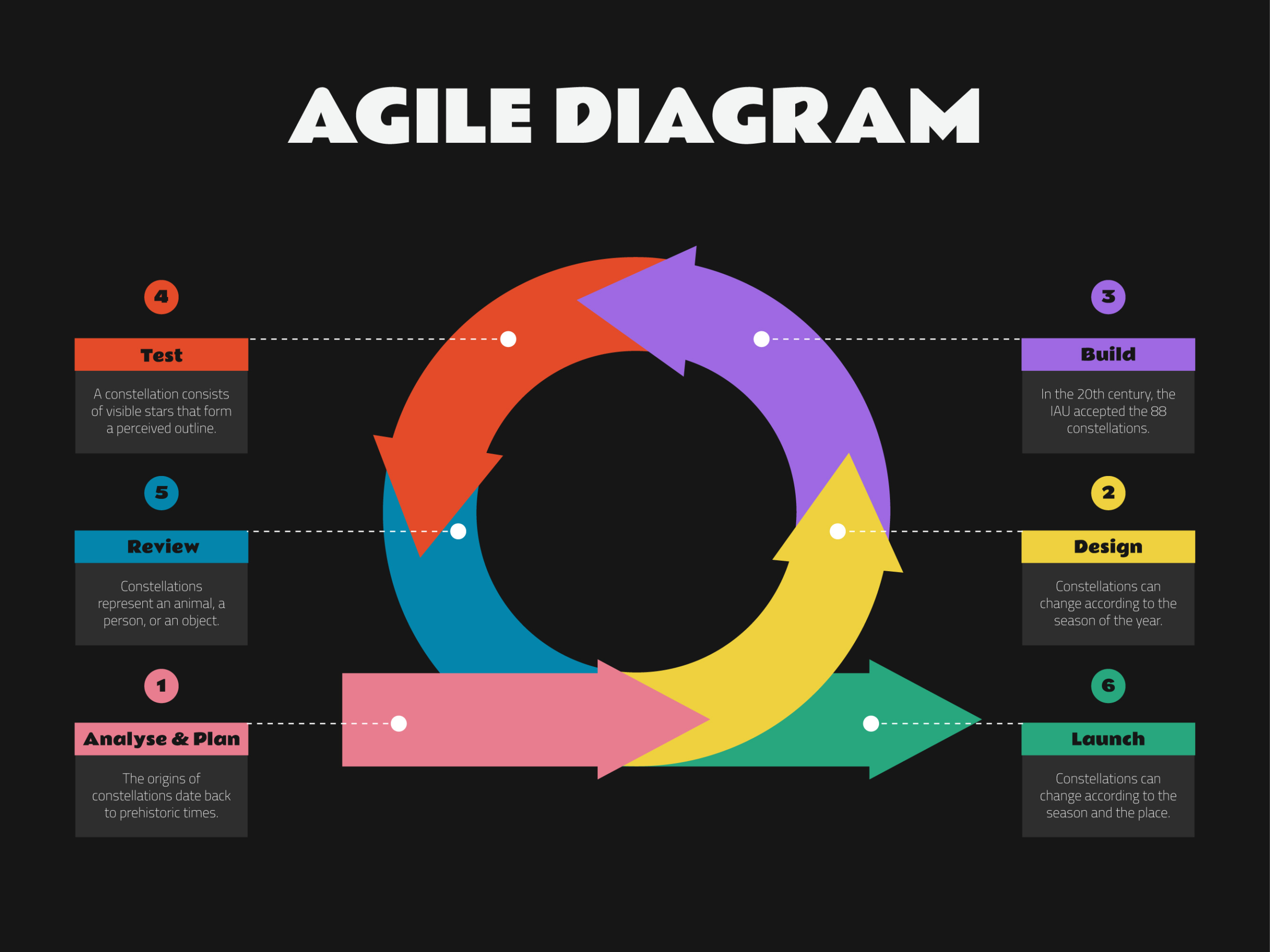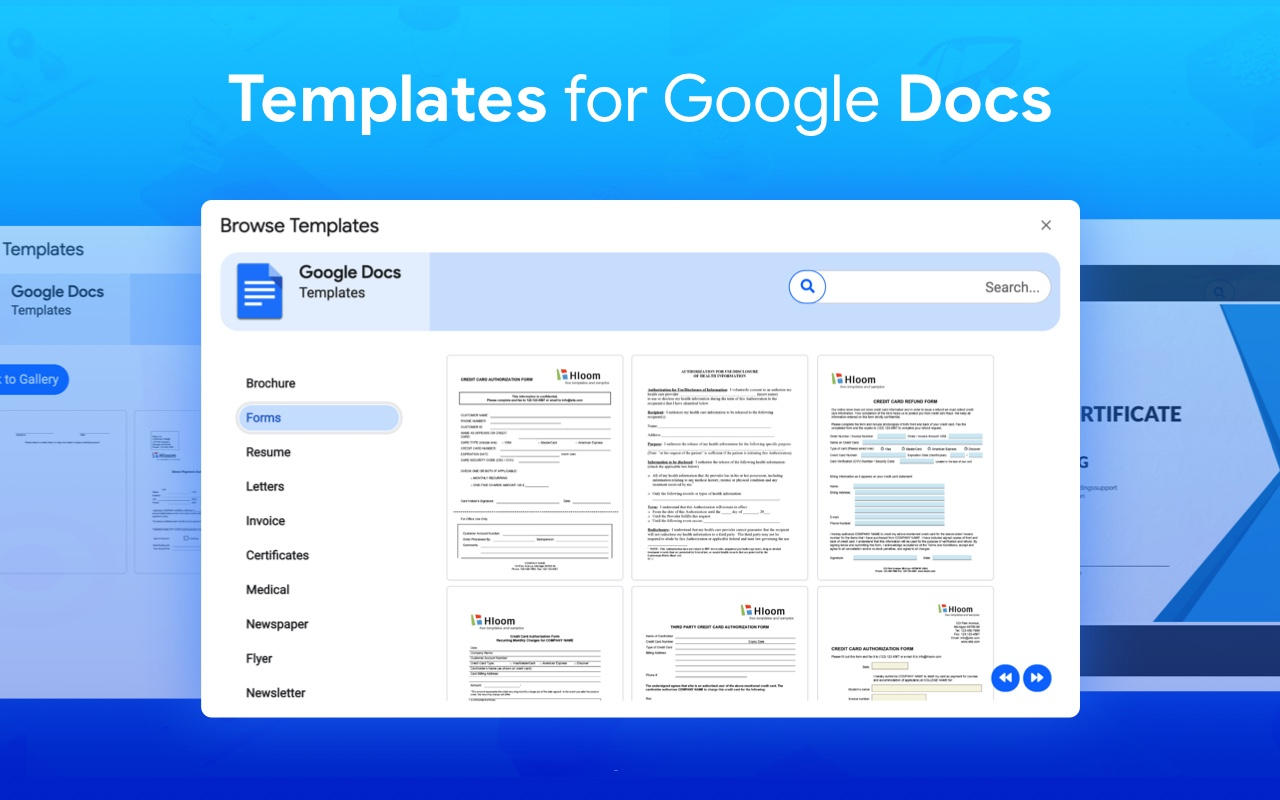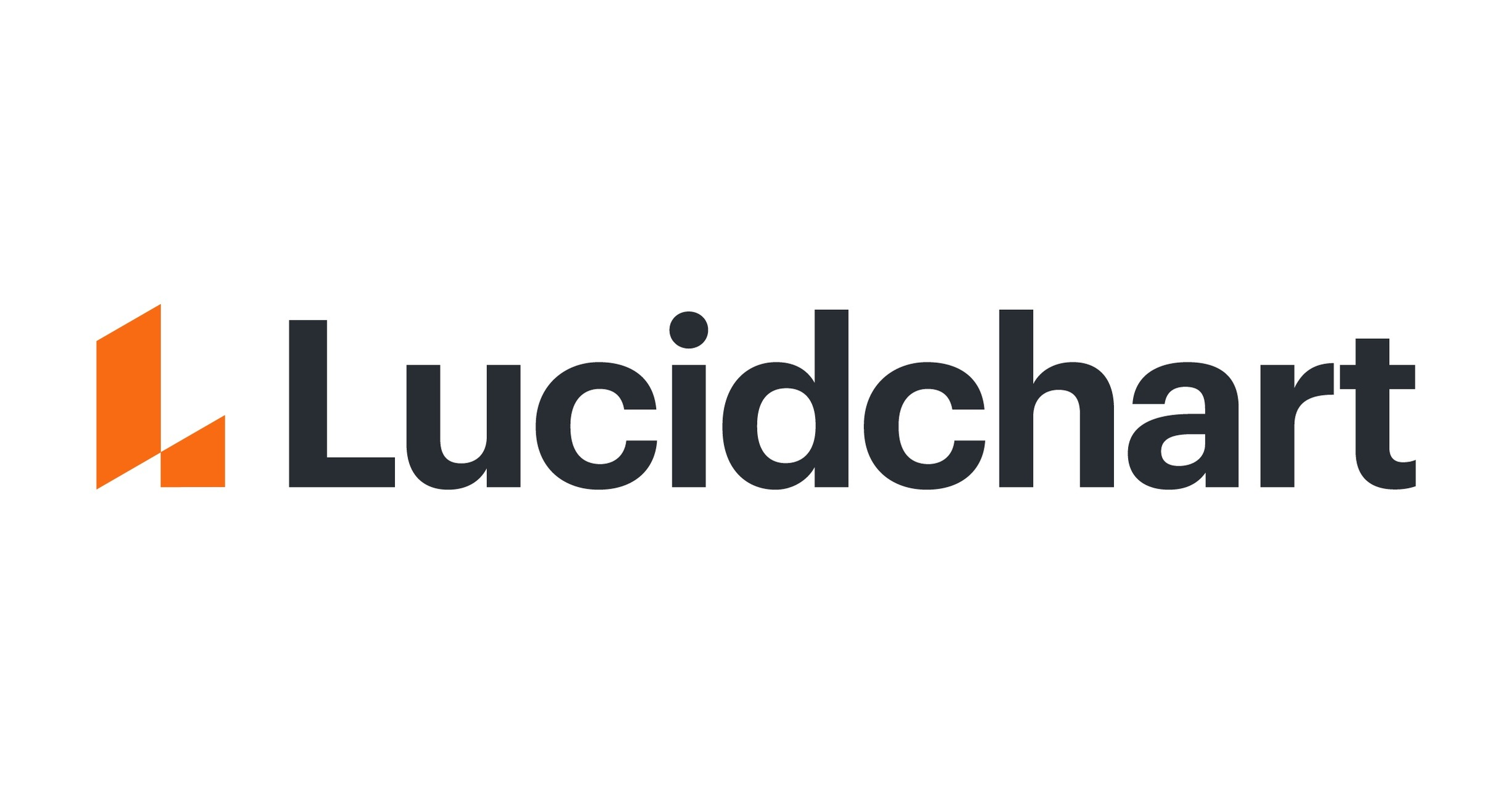In today’s rapidly evolving business landscape, organizations are adopting agile principles to stay competitive and adapt to change effectively. Agile principles emphasize flexibility, customer collaboration, and continuous improvement, and they have proven to be highly beneficial for businesses across various industries.
Central to the success of agile methodology is skilled business analysts who play a crucial role in understanding customer needs, eliciting requirements, and ensuring that the development team delivers valuable solutions. For business analysts in agile environments, leveraging the right Business Analysis Tools becomes essential to manage requirements efficiently, foster collaboration, and drive successful business outcomes.

An Overview of Agile Project Management
Agile project management is an iterative and flexible approach to managing projects that emphasizes adaptability, collaboration, and continuous improvement. Unlike traditional project management methods, which rely on strict planning and rigid processes, agile project management software embraces change and encourages frequent feedback from stakeholders.
In agile project management, work is divided into small, manageable iterations called sprints. Each sprint typically lasts two to four weeks and results in a potentially shippable product increment. The team continuously refines and prioritizes the product backlog, a list of features and tasks, throughout the project.
Key principles of agile project management include customer collaboration, self-organizing teams, and delivering valuable solutions early and often. Regular meetings, such as daily stand-ups and sprint reviews, promote transparency and foster open communication within the team.
Scrum and Kanban are two popular agile project management software and frameworks. Scrum follows a specific set of roles, ceremonies, and artifacts, while Kanban is more flexible and allows for a continuous flow of work.

Agile project management is particularly well-suited for dynamic environments, complex projects, and those with evolving requirements. By embracing change and focusing on delivering incremental value, agile project management enables teams to respond effectively to evolving market conditions and customer needs.
Understanding Agile Business Analysis Techniques
As a business analyst operating in an agile environment, you need a comprehensive set of techniques to elicit and manage requirements effectively. Understanding the context and having the knowledge to select appropriate techniques is critical. Often, combining multiple techniques yields the best results. Let’s explore some of the essential types of Business Analysis Tools used by agile business analysts.

Requirement-related Tools
Requirement-related business analysis tools are vital for managing dynamic requirements effectively. In an agile environment, requirements may evolve rapidly, and these tools help in remembering, coordinating, and syncing up with the development and QA teams seamlessly. They assist in identifying the best requirements for a project and managing complex one-to-many relationships. An example of such a tool is Rational Requisite Pro, which streamlines requirement management and helps maintain clarity throughout the development process.
Modeling Tools
Diagrams are powerful aids in visualizing complex ideas and solutions. Modeling tools allow business analysts to create diagrammatic representations of requirements and solutions, making it easier to communicate with stakeholders and the development team. For instance, MS Visio for UML is a popular tool used for creating Unified Modeling Language (UML) diagrams, ensuring a clear understanding of the system’s architecture.
Collaboration Tools
Collaboration is at the heart of agile principles, and collaboration tools facilitate effective communication and teamwork among stakeholders. These tools enable real-time collaboration, which is crucial for agile teams working in different locations or time zones. Google Docs and Trello are excellent examples of collaboration tools that promote seamless teamwork and help keep everyone on the same page.

List of Agile Business Analysis Techniques
Now that we have explored the types of Business Analysis Tools, let’s delve into some of the agile business analysis techniques that empower business analysts to excel in their roles.
Backlog Refinement
Backlog refinement involves continually reviewing and updating the product backlog to ensure that it contains the most relevant and valuable user stories. This iterative process involves collaboration between the product owner, the development team, and stakeholders. It helps in improving the clarity of user stories, identifying dependencies, and ensuring that the backlog aligns with business goals.
Behavior Driven Development (BDD)
BDD is a collaborative approach that aligns business stakeholders, developers, and testers to achieve a shared understanding of requirements. It uses a structured language, such as Gherkin syntax, to describe system behavior in plain English. This approach helps in avoiding misunderstandings, reducing defects, and ensuring that the developed features meet the intended business outcomes.

Example Mapping
Example mapping is a technique that aids in clarifying user stories by breaking them down into smaller, testable examples. This process involves a group discussion where team members collaboratively identify specific examples for each user story. It helps in uncovering potential misunderstandings and refine requirements for better implementation.
Impact Mapping
Impact mapping is a strategic planning technique that focuses on aligning business goals with development activities. It involves identifying actors, impacts, deliverables, and objectives to ensure that every development effort contributes to business value. Impact mapping helps in prioritizing features and aligning the development team’s efforts with the organization’s strategic goals.

Job Stories
Job stories are a user-centric technique used to capture user needs and motivations. They are written from the perspective of the user, describing a situation, motivation, and outcome. Job stories provide a deeper understanding of user needs and guide decision-making during the development process.
Kano Analysis
Kano analysis is a customer satisfaction model that classifies product features into five categories: basic, performance, excitement, indifferent, and reverse. By understanding customer preferences, business analysts can prioritize features effectively, ensuring that the product delivers the most value to customers.

Minimal Viable Product (MVP)
The concept of MVP is to create a basic version of a product with just enough features to satisfy early customers and gather feedback for further improvements. MVPs are instrumental in minimizing risk, validating assumptions, and iteratively developing a successful product.
Personas
Personas are fictional characters representing different user types. They provide a deeper understanding of users’ needs, preferences, and pain points, helping business analysts design solutions that cater to various user groups effectively.

Planning Workshops
Planning workshops are collaborative sessions where stakeholders and team members work together to define the scope, prioritize features, and set project goals. These workshops foster alignment and ensure that everyone involved is on the same page regarding project objectives.
Portfolio Kanban
Portfolio Kanban is a visual project management tool used to visualize and manage strategic initiatives across an organization. It helps in prioritizing and aligning projects with strategic objectives, allowing organizations to make informed decisions about resource allocation.

Product Roadmap
A product roadmap is a strategic planning tool that outlines the vision and direction of a product over time. It provides a high-level view of the product’s development, including planned features, enhancements, and milestones.
Purpose Alignment Model
A purpose alignment model is a decision-making tool used to evaluate ideas and initiatives based on their alignment with organizational goals. By applying this model, business analysts can focus on projects that contribute most significantly to the organization’s success.
Real Options
Real options are a decision-making framework that emphasizes keeping options open and delaying commitments until necessary. This approach is particularly valuable in uncertain and dynamic environments, allowing businesses to adapt to changing conditions more effectively.
Relative Estimation
Relative estimation involves estimating the effort required for various user stories relative to each other. Techniques like planning poker and silent sizing help teams arrive at a consensus on the complexity and size of user stories, facilitating effective sprint planning.

Retrospectives
Retrospectives are regular team meetings where members reflect on their performance and identify opportunities for improvement. By conducting retrospectives, teams can continuously learn and adapt, leading to enhanced productivity and better outcomes.
Reviews
Reviews involve gathering feedback from stakeholders after delivering a product or a milestone. This feedback is valuable in understanding stakeholders’ satisfaction, identifying areas for improvement, and ensuring that the delivered solution meets business needs.
Spikes
Spikes are time-boxed research and experimentation activities undertaken to gain knowledge about a specific problem or technology. Spikes help in reducing uncertainty and making informed decisions during the development process.

List of Agile Business Analysis Tools
Agile business analysis involves the use of various tools to facilitate requirements management, collaboration, and visualization. Here is a list of popular Agile Business Analysis Tools:
Rational Requisite Pro
Rational Requisite Pro is a powerful requirement management tool by IBM. It allows business analysts to capture, organize, and manage changing requirements efficiently throughout the project lifecycle. With features like version control, traceability, and impact analysis, it helps teams maintain clarity and transparency while handling dynamic requirements. Rational Requisite Pro enables collaboration between stakeholders and the software development team, ensuring that everyone is on the same page regarding project needs and objectives.

MS Visio
Microsoft Visio is a widely-used diagramming tool that enables business analysts to create visual representations of complex systems, processes, and data flows. With a variety of templates and shapes, Visio makes it easy to design and share diagrams that aid in understanding and communicating project concepts. From flowcharts and organizational charts to network diagrams and UML models, MS Visio is a versatile tool that helps business analysts convey information visually.
Google Docs
Google Docs is a collaborative platform that allows multiple users to work simultaneously on documents, spreadsheets, and presentations in real time. This cloud-based tool facilitates seamless teamwork and enables business analysts to collaborate with stakeholders in different locations. The ability to leave comments, suggest edits and track changes fosters open communication and efficient document and project management, making it an ideal tool for agile teams.

Trello
Trello is a visual project management tool that uses boards, lists, and cards to organize tasks and track progress. It is particularly helpful for managing projects run by agile methodology, as teams can create boards for different sprints or project phases. Business analysts can use Trello to prioritize tasks, assign them to Agile team members, and easily update progress with drag-and-drop functionality. Trello’s simple yet effective interface encourages collaboration and helps teams stay focused on project goals.
Balsamiq
Balsamiq is a wireframing tool that allows business analysts to create quick and low-fidelity mockups of user interfaces and interactions. With its easy-to-use drag-and-drop interface and pre-built UI elements, Balsamiq facilitates rapid prototyping and visualization of ideas. It helps business analysts gather early feedback from stakeholders and iterate on designs before investing significant time and resources in software development.
Microsoft Excel
Excel is a versatile spreadsheet tool widely used for data analysis, reporting, and visualization. For business analysts, Excel can be a valuable tool for managing and analyzing data, creating charts and graphs, and performing calculations. Its formulas and functions allow for complex data manipulations, while pivot tables aid in summarizing and organizing large datasets efficiently.

JIRA
JIRA is a popular issue and project tracking tool that supports agile project management methodologies like Scrum and Kanban. It enables business analysts to create and manage user stories, track progress, and collaborate with development teams and stakeholders. JIRA’s customizable workflows and boards allow teams to tailor the tool to their specific agile processes and ensure project visibility and transparency.
Confluence
Confluence, also from Atlassian, is a collaboration tool that complements JIRA by providing a space for Agile teams to create, organize, and share project documentation, meeting notes, and requirements specifications. It serves as a central knowledge repository, promoting knowledge sharing and better collaboration among Agile team members and stakeholders.
Lucidchart
Lucidchart is a cloud-based diagramming and visualization tool that offers a wide range of templates and shapes for creating flowcharts, mind maps, network diagrams, and more. It allows business analysts to create visually appealing and easily shareable diagrams that aid in conveying complex concepts and processes to stakeholders.

Miro
Miro is an online collaborative whiteboard platform that facilitates brainstorming, ideation, and visual collaboration among Agile teams. Business analysts can use Miro to conduct workshops and create process flowcharts, mind maps, and other visualizations, fostering active participation and engagement from stakeholders.
VersionOne Lifecycle
VersionOne Lifecycle is a comprehensive agile project management tool that supports planning, tracking, and reporting for agile projects. It provides visibility into the entire software development lifecycle and helps business analysts manage backlogs, track progress, and report on project metrics.

These Agile Business Analysis Tools provide valuable support to business analysts throughout the project lifecycle, helping them manage requirements, collaborate with stakeholders, and visualize solutions effectively. The selection of specific tools will depend on the specific needs and preferences of the project and the organization.
Conclusion
In agile methodology, business analysts play a pivotal role in driving successful business outcomes by understanding customer needs and aligning development efforts with strategic goals. Utilizing a versatile toolkit of Business Analysis Tools and techniques empowers them to excel in their roles and deliver value continuously. By combining agile principles, effective collaboration, and a deep understanding of core business analysis skills, business analysts can navigate the complexities of agile projects and contribute significantly to organizational success.
Aspiring business analysts looking to enhance their skills should consider pursuing relevant certifications and gaining hands-on experience with the tools and techniques described in this article. With the right knowledge and toolkit, business analysts can thrive in agile environments and create meaningful impacts in their organizations.
People Also Asked
What is a business analysis tool?
A business analysis tool is a specialized software or application designed to assist business analysts in their crucial role of gathering, documenting, and analyzing business requirements, data, processes, and other relevant information. These tools are instrumental in helping business analysts translate complex business needs into clear and actionable insights.
By using business analysis tools, professionals can streamline their work, improve collaboration with stakeholders, and make informed decisions that align with organizational goals. These tools often offer features such as requirement management, data visualization, process modeling, and collaboration functionalities, providing business analysts with a versatile and efficient toolkit to drive successful business outcomes.
Which tools are used in business analysis?
Business analysis encompasses various tasks and responsibilities, and accordingly, there are several types of tools that support business analysts in their work. Requirement-related tools, like Rational Requisite Pro, facilitate managing dynamic requirements, keeping track of changes, and coordinating with development and QA teams.
Modeling tools, such as MS Visio for UML, allow analysts to create visual representations of complex systems, enhancing communication with stakeholders. Collaboration tools, like Google Docs and Trello, enable real-time collaboration among Agile team members, ensuring seamless teamwork and effective communication. By leveraging a combination of these tools, business analysts can optimize their workflow and deliver value to their organizations more efficiently.
What are the 4 types of business analysis?
Business analysis involves a diverse range of activities, and it can be classified into four main types. Strategic planning analysis focuses on understanding an organization’s overall goals and aligning business decisions with those objectives. Business model analysis involves evaluating and designing business models to achieve desired outcomes.
Process design analysis aims to optimize and improve business processes for increased efficiency and productivity. Lastly, IT system analysis involves assessing and designing IT systems and solutions to address specific business needs. Each type of analysis contributes to the overall success of an organization by ensuring that business processes, strategies, and technologies are well-aligned and conducive to achieving desired outcomes.
What is the most popular and common business analytic tool?
When it comes to popular and commonly used business analytic tools, Microsoft Excel stands out as one of the leading choices. Excel’s widespread adoption in various industries is due to its user-friendly interface, powerful data analysis capabilities, and extensive range of functions and formulas.
With Excel, business analysts can organize and manipulate data, create interactive visualizations, and perform complex calculations. Its versatility and wide availability make it a go-to tool for professionals to handle various business analysis tasks, from financial modeling and data analysis to generate reports and charts. Excel remains a staple in the business analyst’s toolkit due to its effectiveness and ease of use.



